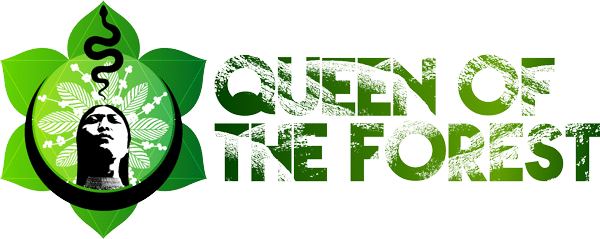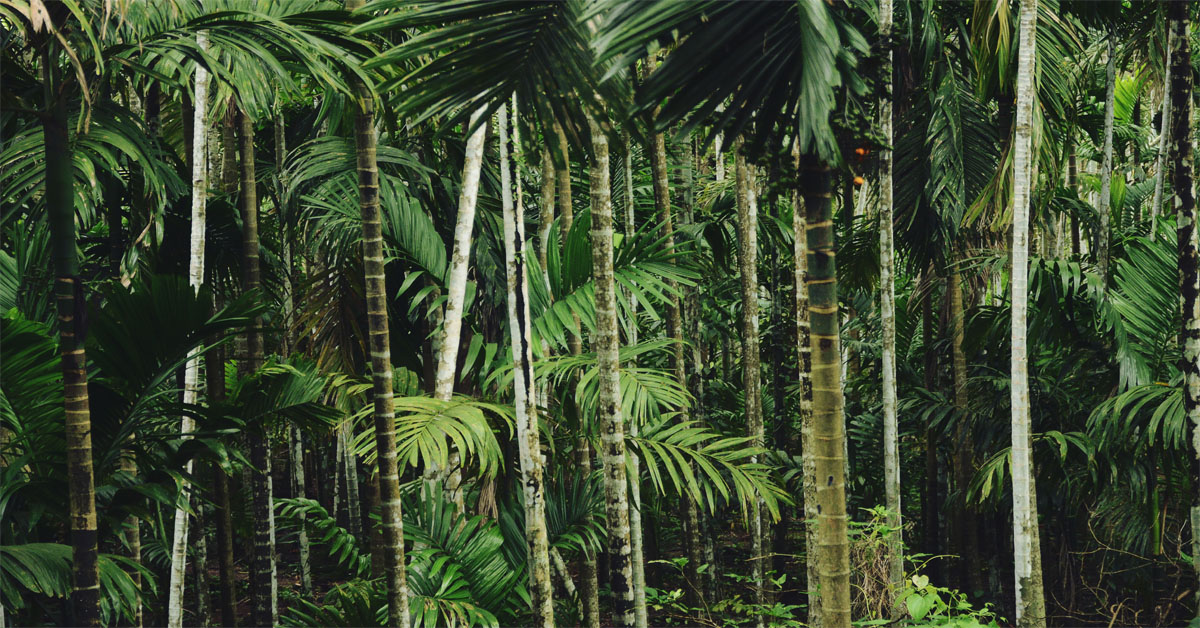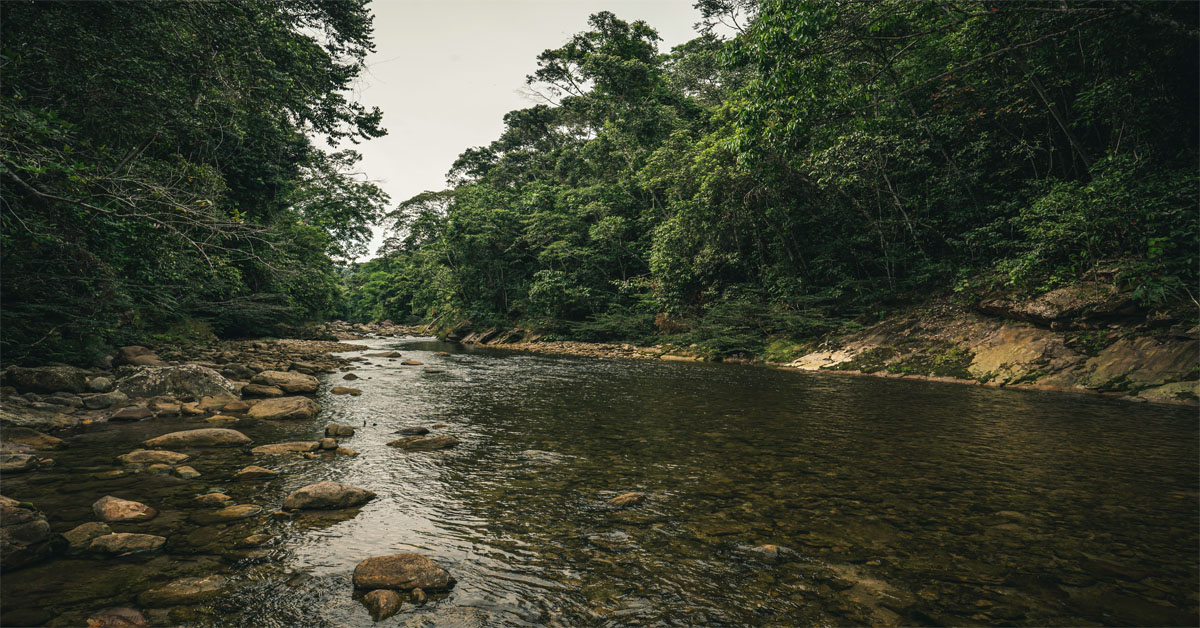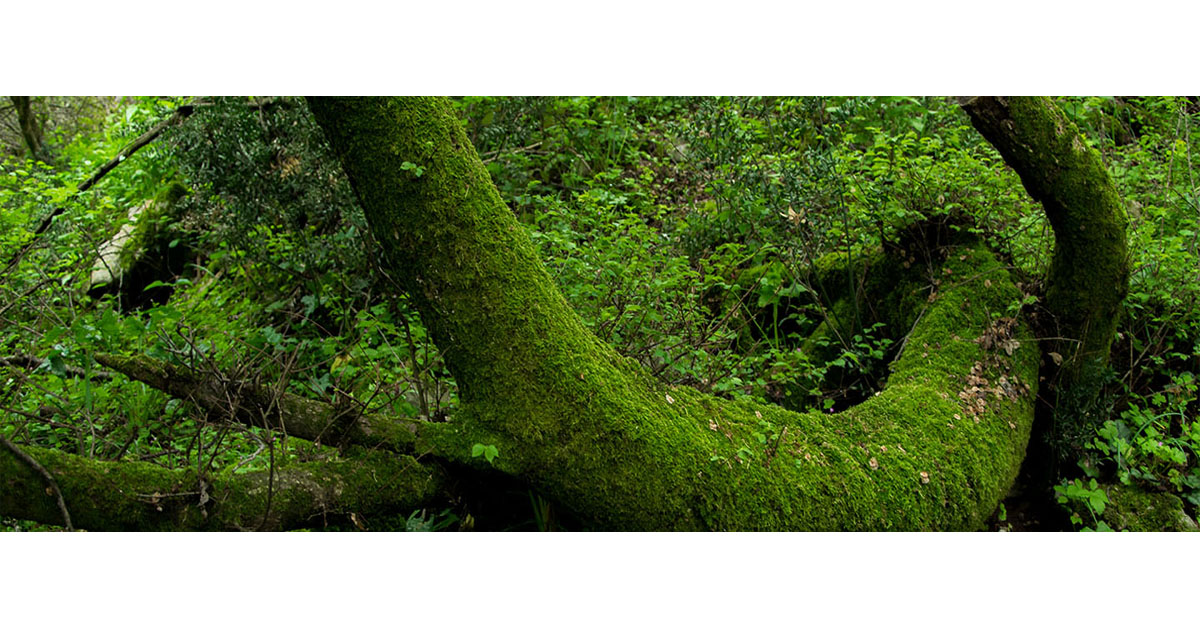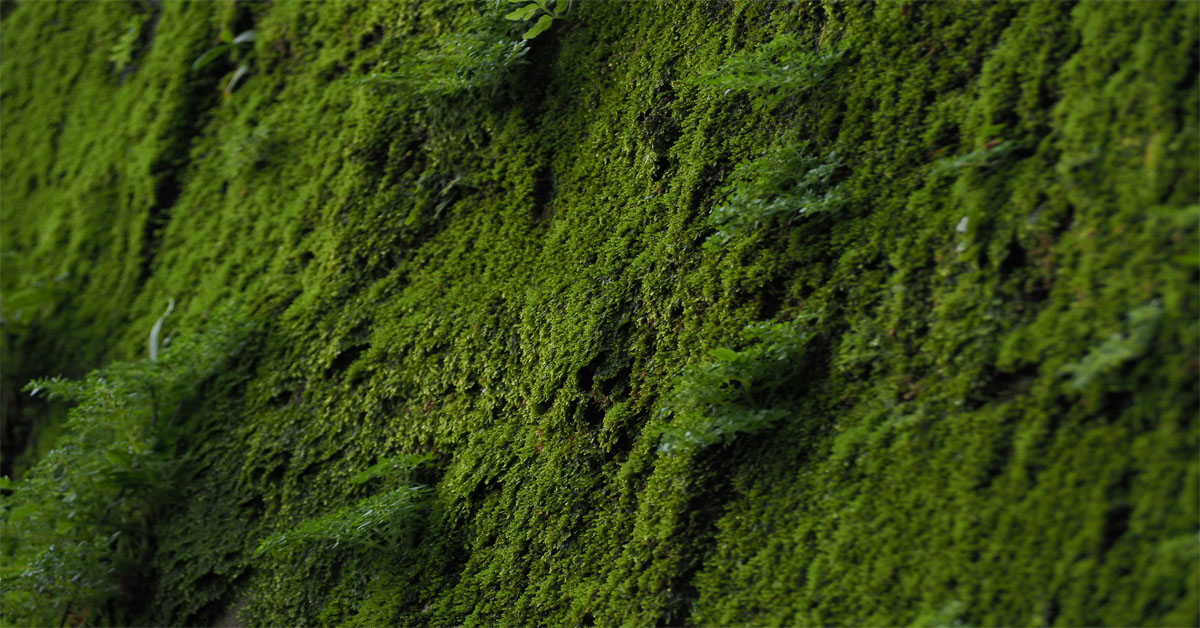FOREVER THE FOREST
The Infinite Shades of Green: Exploring the Amazon’s Verdant Spectrum
The Green Heart of the Amazon
The Amazon rainforest is often called the “lungs of the Earth,” a vast and ancient ecosystem teeming with life. But beyond its renowned biodiversity and ecological significance, the Amazon is also a breathtaking canvas of green—more shades than the human eye can perceive. This article explores the immense diversity of greens that define the Amazon, revealing their meanings, ecological roles, and the mesmerizing beauty they bring to this sacred forest.
Green is the dominant color of the Amazon, representing vitality, renewal, and life itself. The region’s high humidity, abundant rainfall, and year-round tropical climate create the perfect conditions for a multitude of plant species, each reflecting different shades of green. These variations are influenced by factors such as sunlight exposure, water content, mineral composition, and even plant age. From the luminous lime green of new growth to the deep emerald of towering ancient trees, the Amazon offers a green spectrum unlike any other place on Earth.
A Spectrum of Greens: The Diversity in Plant Life
1. Emerald Canopy: The Towering Giants
The tallest trees in the Amazon, such as the kapok tree (Ceiba pentandra) and the Brazil nut tree (Bertholletia excelsa), reach skyward, forming the uppermost layer of the rainforest. Their leaves absorb maximum sunlight, reflecting deep emerald green hues. These trees serve as the backbone of the forest, providing shelter, oxygen, and sustenance to countless species.
2. Jade Undergrowth: The Hidden World Below
Beneath the towering trees lies a realm of jade-colored foliage. Ferns, bromeliads, and shrubs carpet the forest floor, thriving in filtered sunlight. The understory plants exhibit deeper green tones due to their chlorophyll concentration, optimizing their ability to photosynthesize in low-light conditions.
3. Neon Lime: New Growth and Vines
Freshly sprouted leaves and climbing vines often appear in vibrant lime-green hues. This color signifies youth and rapid growth, as these plants strive to reach sunlight. Vines like lianas and strangler figs wrap around trees, using them as ladders to ascend toward the light.
4. Olive and Mossy Greens: Ancient Wisdom
Moss-covered tree trunks, aged leaves, and epiphytes display muted olive and moss-green tones. These colors suggest longevity and adaptation, as many of these plants have developed unique survival mechanisms over centuries. Moss and lichens also play a crucial role in water retention and soil stabilization.
5. Turquoise-Tinted Foliage: The Amazon’s Optical Illusion
Some leaves in the rainforest appear almost bluish-green due to their waxy coatings and the way they reflect light. This phenomenon, often seen in certain palm species and bromeliads, helps protect plants from excessive water loss and insect predation.
The Science Behind the Amazon’s Green Spectrum
The variation in green tones throughout the rainforest can be attributed to different pigments within plant cells. While chlorophyll is the dominant pigment responsible for green coloration, additional pigments such as carotenoids and anthocyanins contribute to subtle variations. Light intensity, soil nutrients, and seasonal changes also influence the way green appears in different parts of the forest.
Moreover, the Amazon’s green hues are not static; they shift with the time of day and weather conditions. In the golden light of dawn and dusk, the forest takes on a warmer, softer glow, while midday sunlight brings out its most vivid emerald tones. Rainstorms intensify the colors, making them appear almost surreal, while mist-covered mornings create an ethereal, dreamlike atmosphere.
Symbolism and Cultural Significance of Green in the Amazon
For Indigenous peoples of the Amazon, green is more than just a color—it is a sacred symbol of life, abundance, and interconnectedness. Many tribes see the rainforest as a living entity, a spirit-filled realm where every shade of green has a role in the balance of existence.
The shamans of the Amazon, known as pajés or curanderos, often interpret the varying greens of medicinal plants to determine their potency and purpose. Some plants with lighter green leaves are associated with purification and healing, while darker green plants are believed to carry stronger, grounding energies. This deep connection to the green world is reflected in Indigenous art, textiles, and storytelling traditions.
Threats to the Green Paradise
Despite its unparalleled beauty, the Amazon’s lush green tapestry is under threat. Deforestation, illegal logging, mining, and climate change are rapidly altering the landscape, endangering countless plant and animal species. The loss of trees means a decline in the very pigments that create this mesmerizing array of greens, leading to shifts in the entire ecosystem.
Initiatives to protect the Amazon’s biodiversity are crucial in preserving its rich palette. Supporting Indigenous land rights, promoting sustainable products, and raising awareness about deforestation are vital steps in ensuring that future generations can continue to witness the forest’s magnificent spectrum of green.
A Living Masterpiece
The Amazon is a masterpiece of nature, painted with an endless array of green tones that symbolize its vitality and resilience. From the deepest emerald canopies to the softest mossy floors, every shade tells a story of adaptation, survival, and interdependence. By appreciating and protecting this verdant wonder, we honor not just the rainforest itself, but the countless lives it sustains—both human and non-human alike.
Let us celebrate and safeguard the infinite shades of green that define the heart of the Amazon, ensuring its brilliance continues to inspire generations to come.
